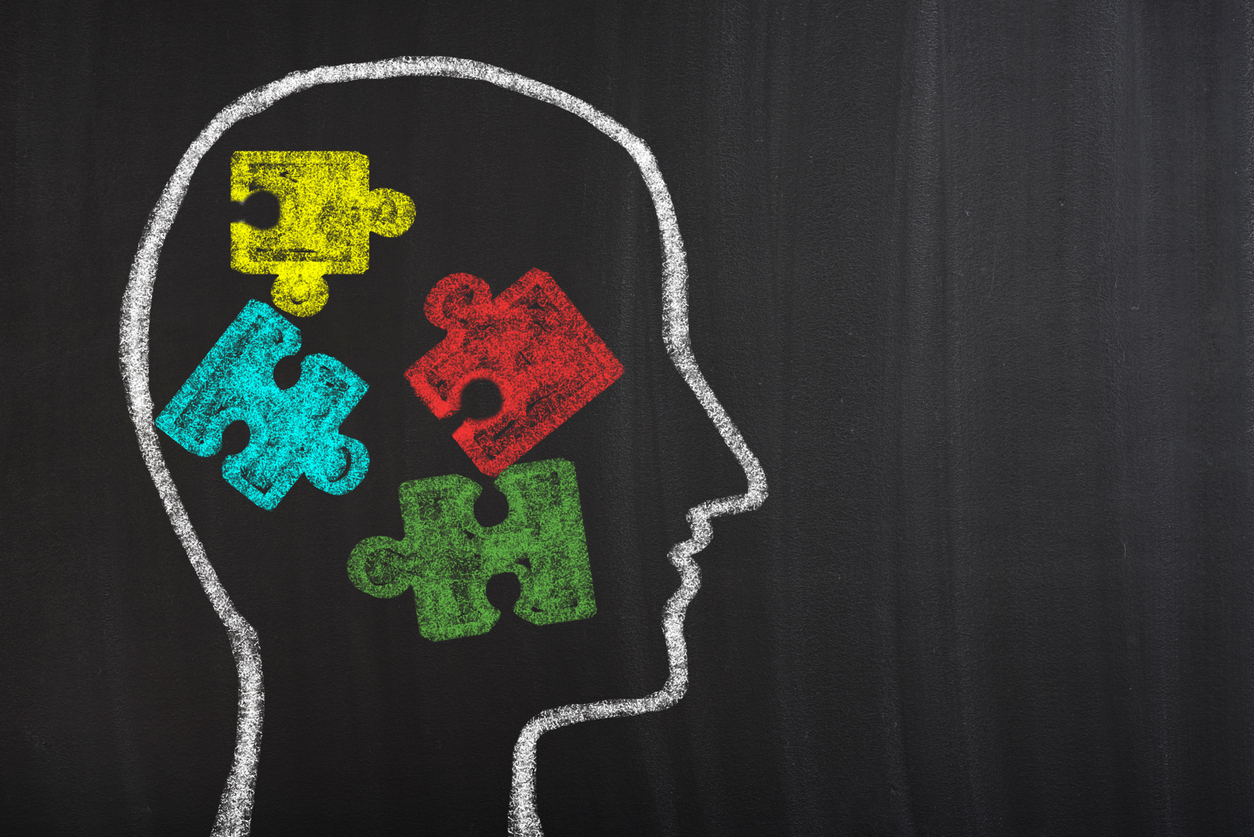
Multiple Intelligences in the Classroom
3 credits / 45 hours
Instructor Patricia Calise
Course Description
Howard Gardner, a graduate from Harvard, developed a multiple intelligence theory in 1983 and he published a book titled Frames of Mind explaining his theory. In his book he introduced nine distinct intelligences which all of us exhibit. These intelligences include visual/spatial, logical/mathematical, verbal/linguistic, bodily/kinesthetic, musical/rhythmic, interpersonal, and intrapersonal, and naturalist. Gardner believes these intelligences can be nurtured and strengthened, or weakened and ignored. There have been many contributions made from Gardner’s theory. Many of them are prominent professors, teacher educators, consultants, and experts in the field. Thomas Armstrong, Carolyn Chapman, Ellen Weber and Jane Carlson-Pickering among the few. Today many educators incorporate multiple intelligences in their classrooms and are meeting the needs of the diverse classroom. In this course you will develop lessons and activities that incorporate all nine intelligences. You will see that it will add depth to your curriculum and meaning to the way you individualize instruction and prepare for students with many different learning styles.
$285.00 – $580.00
Course Description
Howard Gardner, a graduate from Harvard, developed a multiple intelligence theory in 1983 and he published a book titled Frames of Mind explaining his theory. In his book he introduced nine distinct intelligences which all of us exhibit. These intelligences include visual/spatial, logical/mathematical, verbal/linguistic, bodily/kinesthetic, musical/rhythmic, interpersonal, and intrapersonal, and naturalist. Gardner believes these intelligences can be nurtured and strengthened, or weakened and ignored. There have been many contributions made from Gardner’s theory. Many of them are prominent professors, teacher educators, consultants, and experts in the field. Thomas Armstrong, Carolyn Chapman, Ellen Weber and Jane Carlson-Pickering among the few. Today many educators incorporate multiple intelligences in their classrooms and are meeting the needs of the diverse classroom. In this course you will develop lessons and activities that incorporate all nine intelligences. You will see that it will add depth to your curriculum and meaning to the way you individualize instruction and prepare for students with many different learning styles.
Course Objectives
Students that enroll in this class will...
Know
- the nine multiple intelligences according to Gardner.
- how the intelligences have evolved since Gardner?
- the need for a new approach to assessment .
- how technology enhances the intelligences.
- how to generate high levels of attention and engagement as a result of incorporating multiple intelligences in their pedagogy.
- how to awaken, amplify, teach, and transfer the intelligence.
Understand
- why it is beneficial to incorporate the intelligences in everyday instruction.
- how to use multiple intelligence theory in their teaching practice.
- how to identify the needs of all learners through the intelligences.
- how kids are smart.
and Be Able To
- incorporate specific intelligences to engage students throughout their learning.
- analyze and identify their own Mi profile and examine their strengths and weaknesses as a teacher and learner.
- create engaging lessons incorporating the intelligences.
- provide effective instructional strategies for struggling students.
- improve student achievement by building upon their strongest intelligence and strengthening their weakest intelligence.
